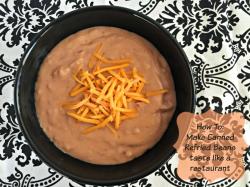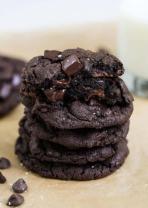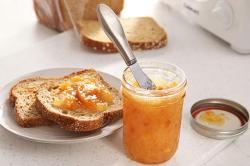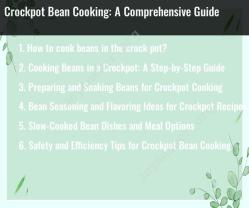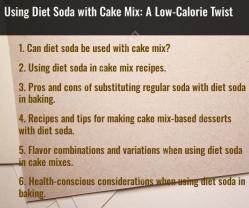Do you have to use pectin in Jam?
No, you don't have to use pectin to make jam. Pectin is a natural carbohydrate found in the cell walls of many fruits, and it is responsible for the gelling or thickening of fruit preserves. While pectin is commonly used to ensure a firm and consistent gel in jams and jellies, there are alternative methods for achieving the desired consistency without adding commercial pectin.
Here are some alternative ingredients and methods you can use:
High-Pectin Fruits:
- Some fruits naturally have high levels of pectin. Examples include apples, quinces, blackberries, and citrus fruits. Using these fruits or combining them with lower-pectin fruits can help achieve a good gel without adding pectin.
Citrus Peel:
- The peel of citrus fruits, particularly lemons, contains natural pectin. Adding citrus peel to your jam can contribute pectin and enhance the flavor.
Acid:
- Pectin gels better in acidic conditions. Adding lemon juice or another acid to your fruit mixture can help with the gelling process.
Cooking to the Gel Point:
- Cooking the fruit mixture to the gel point (around 220°F or 105°C) can help activate the natural pectin in the fruit. This method requires careful monitoring and testing the jam's consistency.
Jam Sugar or Gelling Sugar:
- Some recipes call for special jam sugar or gelling sugar, which contains added pectin. This can be a convenient option for achieving a good gel without the need for additional pectin.
It's important to note that the choice of method depends on the fruits you are using and personal preferences for the jam's consistency. Some people prefer softer-set jams, while others like a firmer gel.
If you choose not to use commercial pectin, it may require some experimentation to find the combination of fruits, acid, and cooking time that works best for your desired outcome. Additionally, using recipes from trusted sources and following proper canning procedures is crucial to ensure the safety and shelf-stability of your homemade jams.
- Is pectin necessary for making jam?
Pectin is not strictly necessary for making jam, but it is essential for achieving the desired consistency and texture of jam. Without pectin, jam would be more like a sauce or syrup, and it would not have the gel-like consistency that we associate with jam.
- What role does pectin play in jam recipes?
Pectin is a type of soluble fiber that is found in the cell walls of fruits. It is a gelling agent, which means that it can form a gel when it is combined with sugar and water. This is what gives jam its characteristic gel-like consistency.
Pectin also helps to preserve jam by preventing the growth of bacteria and mold. This is because pectin traps water molecules, which makes it more difficult for bacteria and mold to grow.
- Are there alternatives to using pectin in jam making?
There are a few alternatives to using pectin in jam making. These include:
- Using fruits that are naturally high in pectin: Some fruits, such as apples, berries, and citrus fruits, are naturally high in pectin. If you use these fruits to make jam, you may not need to add any additional pectin.
- Using citrus zest: Citrus zest is a good source of pectin. If you add a little bit of citrus zest to your jam, it can help to thicken the jam without the need for added pectin.
- Using a commercial pectin substitute: There are a number of commercial pectin substitutes available. These products are typically made from a type of soluble fiber called carrageenan. Carrageenan is not as effective as pectin at thickening jam, but it can still be used to achieve a reasonable consistency.
It is important to note that using alternatives to pectin can affect the flavor and texture of jam. For example, jam that is made with citrus zest may have a slightly citrusy flavor. Jam that is made with a commercial pectin substitute may not have the same gel-like consistency as jam that is made with pectin.
In general, using pectin is the best way to achieve the desired consistency and texture of jam. However, if you are looking for a pectin-free option, there are a few alternatives available.



